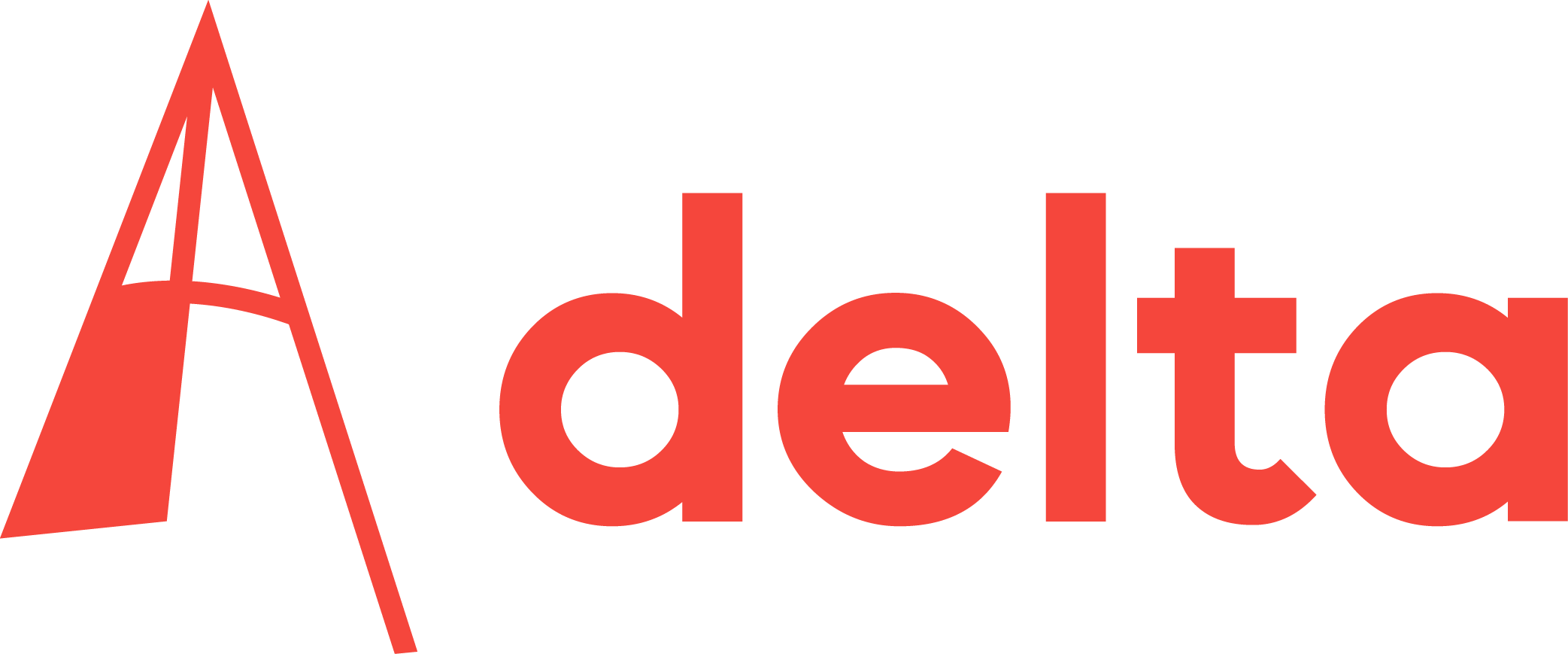The design challenge is so popular that it has been ongoing at the Architecture faculty for three semesters: design the headquarters for the United Nations’ new environmental council.
In reality, there is no such thing as a UN environmental council, although it might be a good idea to have an independent, credible organisation focusing on the environment and global warming. But suppose it was inaugurated, and would need to be housed near the UN headquarters in New York, what should the design look like? Some 20 students have made designs for this imaginary council over the past 18 months, including Feike Laane, whose design is entitled, ‘United Nations Environmental Council: The Vertical Farm’.
Laane had the audacity to design an extension to the existing UN headquarters – a monument to Modernism, he calls it. Most students have shied away from touching the UN building, designed by architecture icons Le Corbusier and Oscar Niemeyer, and finished in 1950. Not so with Laane: he extends the widespread low-rise to include three more assembly halls, while ‘duplicating’ the high-rise for the offices – but with a green twist. By placing the building adjacent to the existing UN headquarters and accommodating the security check-ins, Laane reopens the walled park to the city as a public place.
The most striking feature of Laane’s design is the glass house surrounding the office building. “Food determines the largest part, about a third, of your ecological footprint,” Laane explains. His glass house brings the food closer to the consumer, as he wants to convey a simple message: mind what you eat, because it matters to your environmental impact.
Laane had a good look at the glasshouse industry in the Dutch Westland and was amazed by the applied knowledge and innovation. He picked up on the idea of growing fruit and vegetables without soil and design of vertical gardens, along the southern and northern facades and on the building’s roof.
Laane has tried to make his design maximally ecological by applying interconnected cycles for the use of heat and cooling, water, power and CO2. For example: waste water and rain water are used to flush the toilets into fermentation tanks, together with organic waste from the restaurant. Generated biogas fuels, a combined heat and power unit, and the partially cleaned water, feeds the hydroponic system and thus the plants. After passing through a reed filter, the water can be used as drinking water again, after which it flushes the toilets and the cycle starts all over again.
After hearing Laane passionately explain all the details, one must remind oneself that the UN Environmental Council only exists in some students’ imagination.
Na de gebruikelijk lange winterstop werd zondag eindelijk de hockeycompetitie hervat. De mannen van DSHC maakten hun status als lijstaanvoerder waar door Spirit met 5-1 te kloppen. Het troosteloos onderaan bungelende Dopie ging eveneens op dezelfde voet verder en verloor van Etten Leur (7-3). Zondag staan DSHC en Dopie tegenover elkaar.
Zacht gezegd opvallend was de prestatie die de Dopie-dames leverden bij lijstaanvoerder HCRB. De tot de voorlaatste plaats afgezakte studentes sleepten in Reeuwijk brutaal een 2-1 zege uit het vuur. Hoe dat mogelijk is? “Omdat we eigenlijk niet zo slecht zijn”, luidde de simpele verklaring van aanvoerster Cathelijne van den Berg. “We zijn al anderhalve maand in training, dat werpt zijn vruchten af.” De winnende goal viel kort na rust. “Op het eind stonden we stijf van de stress, omdat het wel vaker fout ging in de slotfase, maar we hielden stand.”
De roeiers komen ook weer tot leven. Op de Heineken Vierkamp, afgelopen weekend op de Amstel, won de eerstejaarsacht van Proteus weliswaar drie van de vier afstanden, maar dat was toch niet genoeg voor de hoofdprijs in deze categorie. Het werd zilver, net als voor de lichte herenacht van Laga. De Proteeërs Roeland Lievens en stuurman Peter Wiersum legden met de bondsacht de vijf kilometer als snelste af bij de senioren A. Clubgenotes Sytske de Groot en Chantal Achterberg vormden het middenrif van de nationale vrouwenacht die alle vier de afstanden won.
Dat is net zo oppermachtig als de manier waarop de Duitse TU-student Jannis Topfer de zesde en laatste midweekse Winterse Wippolderloop van De Koplopers winnend afsloot. Hij verbeterde het parkoersrecord door de 6,9 kilometer af te leggen in 21.28 minuten. Annemieke Bloem won de vrouwenrace over 4,6 kilometer in exact twintig minuten. Topfer en Bloem voerden ook het eindklassement aan.
Dat gold niet voor de Delftse afvaardiging naar het Idea League-sporttoernooi in Zürich. “Dat lag vooral aan de gekozen sporten”, verdedigde Niels Hemelaar zich namens de TU-ploeg. Icecross (een soort hindernisbaan op het ijs) en ijshockey zijn immers geen grote Nederlandse sporten, al werd de goed schaatsende lacrosser Ingmar Bolderink in eerstgenoemde discipline tweede. Opgeteld bij de resultaten van de zaalvoetballers en schermers eindigde Delft als laatste achter de universiteiten van Zürich, Aken en Londen. “Maar het was wel erg gezellig”, aldus Hemelaar.



Comments are closed.